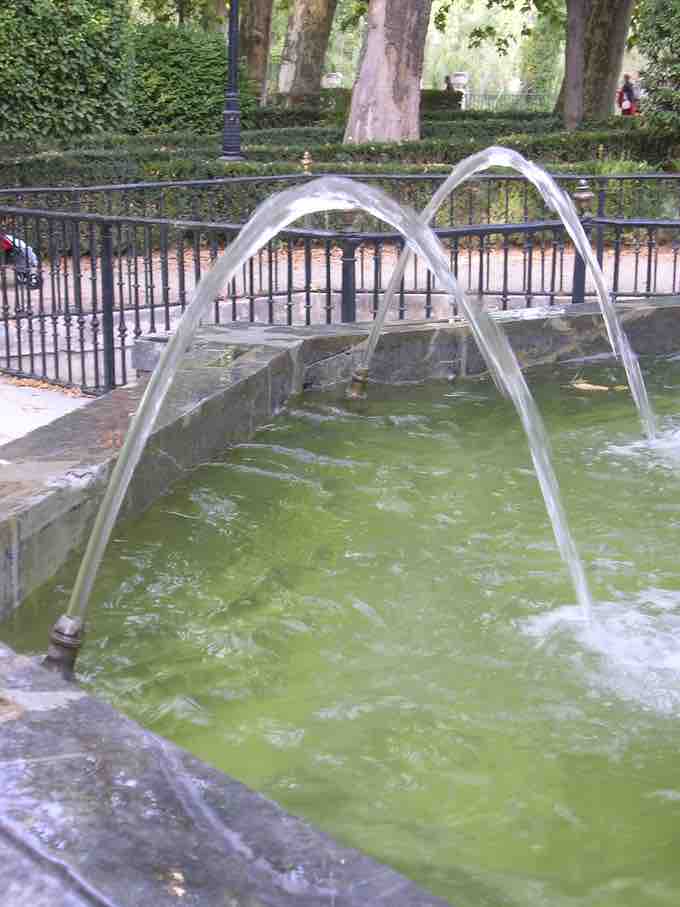A parabola is a conic section created from the intersection of a right circular conical surface and a plane parallel to a generating straight line of that surface. The parabola has many important applications, from the design of automobile headlight reflectors to calculating the paths of ballistic missiles. They are frequently used in areas such as engineering and physics, and often appear in nature.
The parabolic trajectory of projectiles was discovered experimentally in the 17th century by Galileo, who performed experiments with balls rolling on inclined planes. What Galileo discovered and tested was that when gravity is the only force acting on an object, the distance it falls is directly proportional to the time squared. This is the exact mathematical relationship we know as a parabola.
For objects extended in space, such as a diver jumping from a diving board, the object follows a complex motion as it rotates, while its center of mass forms a parabola.
Real World Parabolic Trajectories
As in all cases in the physical world, using the equation of a parabola to model a projectile's trajectory is an approximation. The presence of air resistance, for instance, distorts the parabolic shape. At higher speeds, such as in ballistics, the shape can be highly distorted. This is because air resistance is a force acting on the object, and is proportional to the object's area, density, and speed squared. For dense objects, and/or at low speeds, the air resistance force is small. So, at low speeds the parabola shape can be a very good approximation.

Parabolic water trajectory
In this image, the water shot from a fountain follows a parabolic trajectory as gravity pulls it back down.
Examples
Paraboloids arise in many physical situations. All of the physical examples are situations where an object's trajectory or the shape of an object fits a generalized parabola function:
The parameters
Parabolic Reflectors
One well-known example is the parabolic reflector—a mirror or similar reflective device that concentrates light or other forms of electromagnetic radiation to a common focal point. Conversely, a parabolic reflector can collimate light from a point source at the focus into a parallel beam. This principle was applied to telescopes in the 17th century. Today, paraboloid reflectors are common throughout much of the world in microwave and satellite dish receiving and transmitting antennas.
Liquid Paraboloids
Paraboloids are also observed in the surface of a liquid confined to a container that is rotated around a central axis. In this case, liquid moves away from the center, and it "climbs" the walls of the container, forming a parabolic surface. This is the principle behind the liquid mirror telescope.
The "Vomit Comet"
Aircraft used to create a weightless state for purposes of experimentation, such as NASA's "Vomit Comet," follow a vertically parabolic trajectory for brief periods. This allows them to trace the course of an object in free fall. This can produce the same effect as zero gravity, and lets the passengers on the aircraft experience the feeling of being in space.